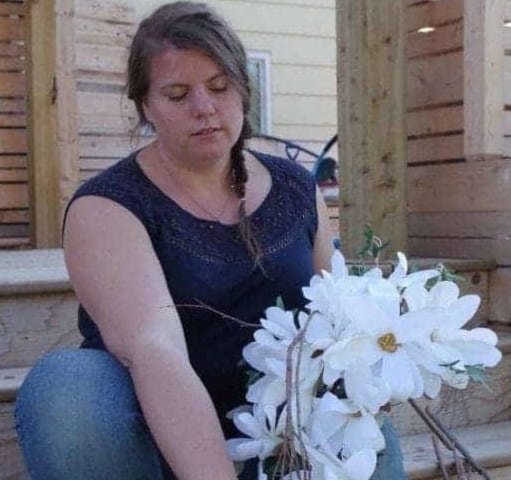Across Canada, marriage rates have been in decline and common-law arrangements are on the rise – in the NWT, it’s no different. In fact, the distinction itself is losing its teeth.
“There's an obvious social value to getting married and it's obviously a symbol of commitment and it's very important personally,” said Thomas Wallwork, a lawyer with the Outreach Legal Aid Clinic in Yellowknife, “but from a very clinical legal standpoint, once you've been living together for two years, there's not really any difference.”
The law in the NWT, and in many other Canadian jurisdictions, states that once you and a romantic partner have been living under the same roof for two years – or once you have a kid – you’re basically married, in the eyes of the law.
This comes with certain obligations and liabilities for support and division of assets if the union were to end.
“The longer you're together and the more it looks like a marriage, the more it's going to be treated like one in a lot of cases,” said Wallwork.
“One of the big changes in the last 20 or so years across pretty much every jurisdiction I know about in Canada is that there's a gradual or not-so-gradual erasing of the distinction between how married couples are treated and how common law couples are treated.”
The main remaining distinction from a legal perspective, said Wallwork, is the length of time one has to file a claim after a union disintegrates.
When a married couple divorces, there is no time limit on when a spouse has to go to court to make a claim on something like spousal support.
A common-law union wouldn’t have access to the federal Divorce Act, and the parties would instead be covered under territorial legislation. This legislation requires claims to be filed within two years.
Wallwork said there’s “no doubt” that common-law relationships are becoming more common in the NWT
Statistics Canada has observed this trend nationally. As of 2016, 21.3 per cent of all Canadian couples were living in common-law unions compared to just 6.3 per cent in 1981.
“A lot of the time people end up in common-law relationships completely by accident,” he said, “and it's just something that you don't really think about. I mean, housing is expensive, bills are expensive and it makes a lot of economic sense to start living with somebody – and if you're in a relationship with them, so much the better.
“But the problem is doing that still triggers the operation of the guidelines and it triggered the operation of these laws.”
Wallwork said it’s possible to opt out of the liabilities, but to do so both parties must sign an agreement – a sort of common-law pre-nup – which can be “a pretty uncomfortable conversation to have with someone who you haven't really known them that long.”
Wallwork says the Outreach Clinic, which offers free legal counselling on non-criminal matters, is open on a first-come, first-served basis for those looking for guidance on this or other matters.
